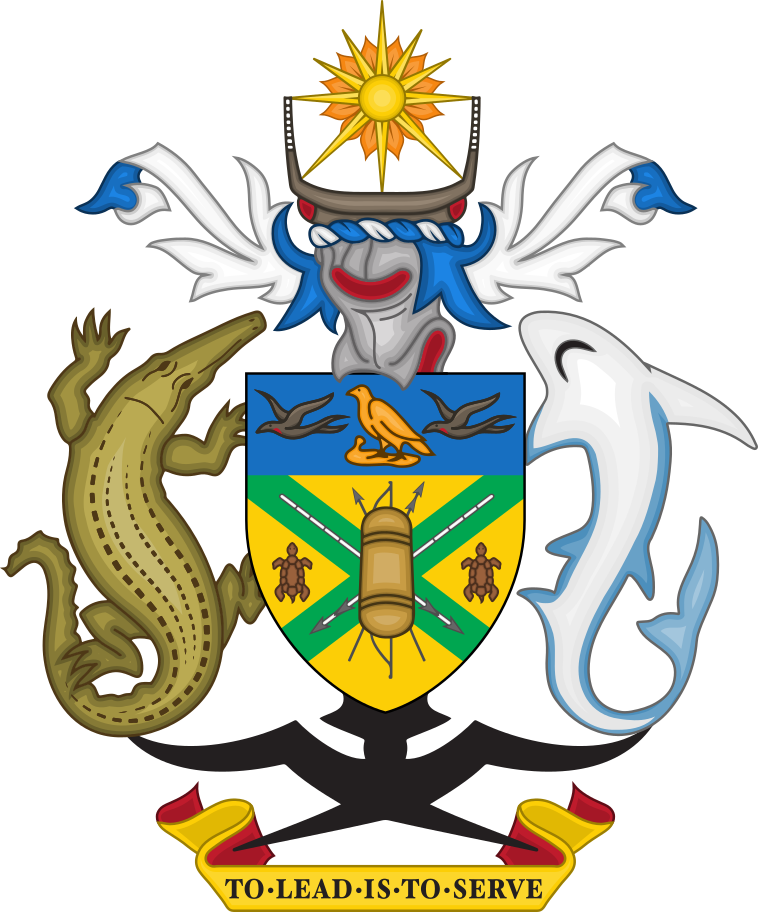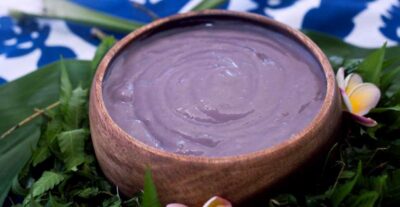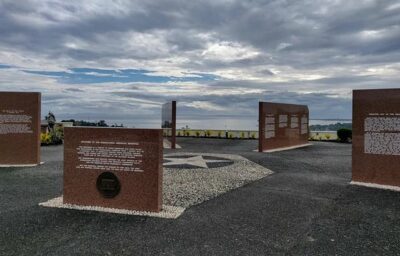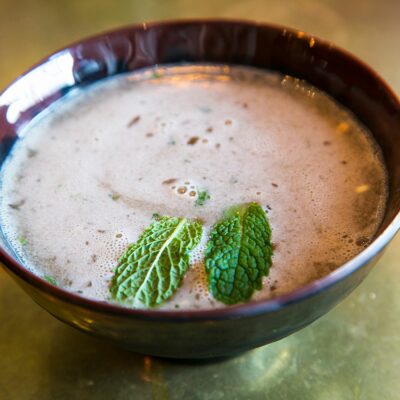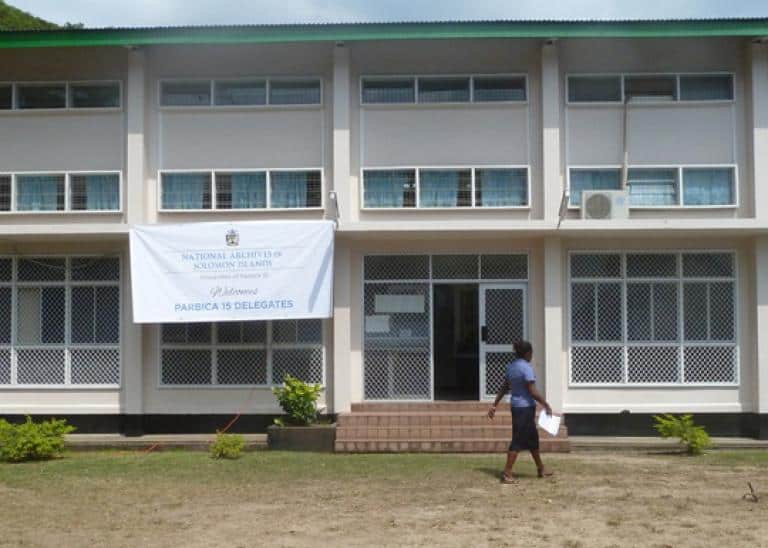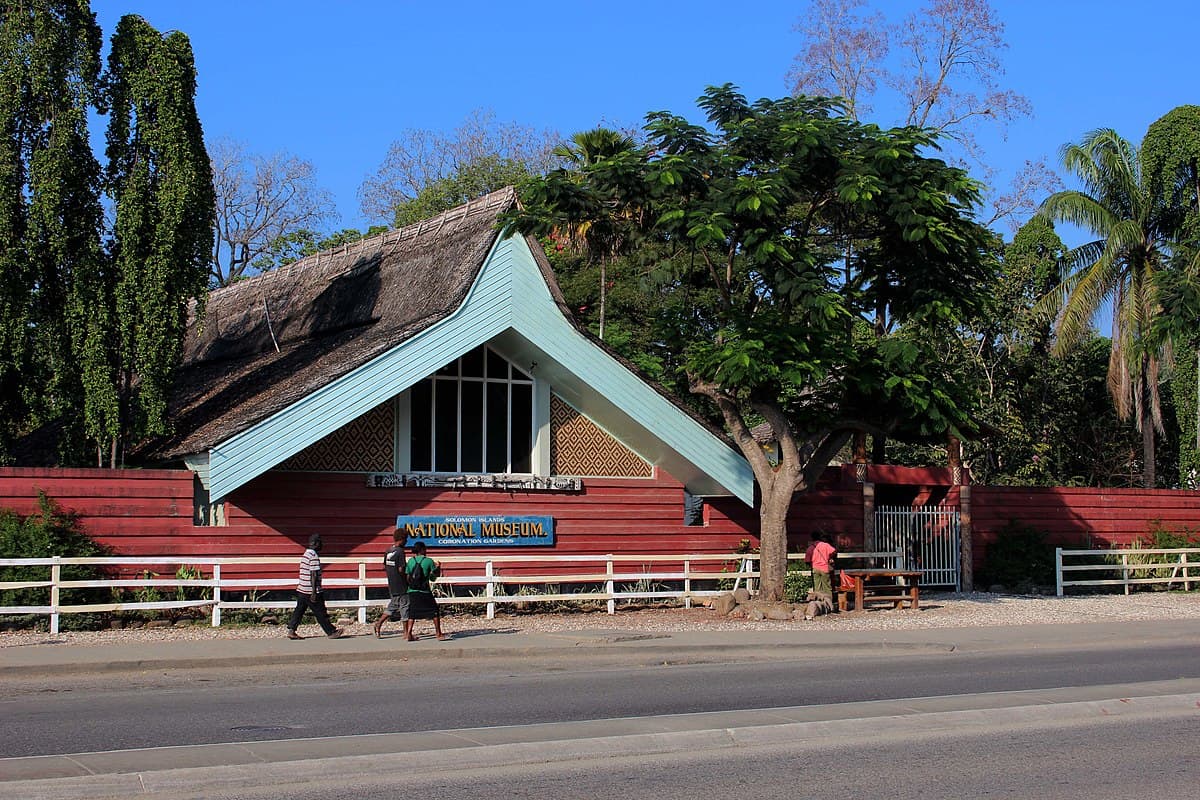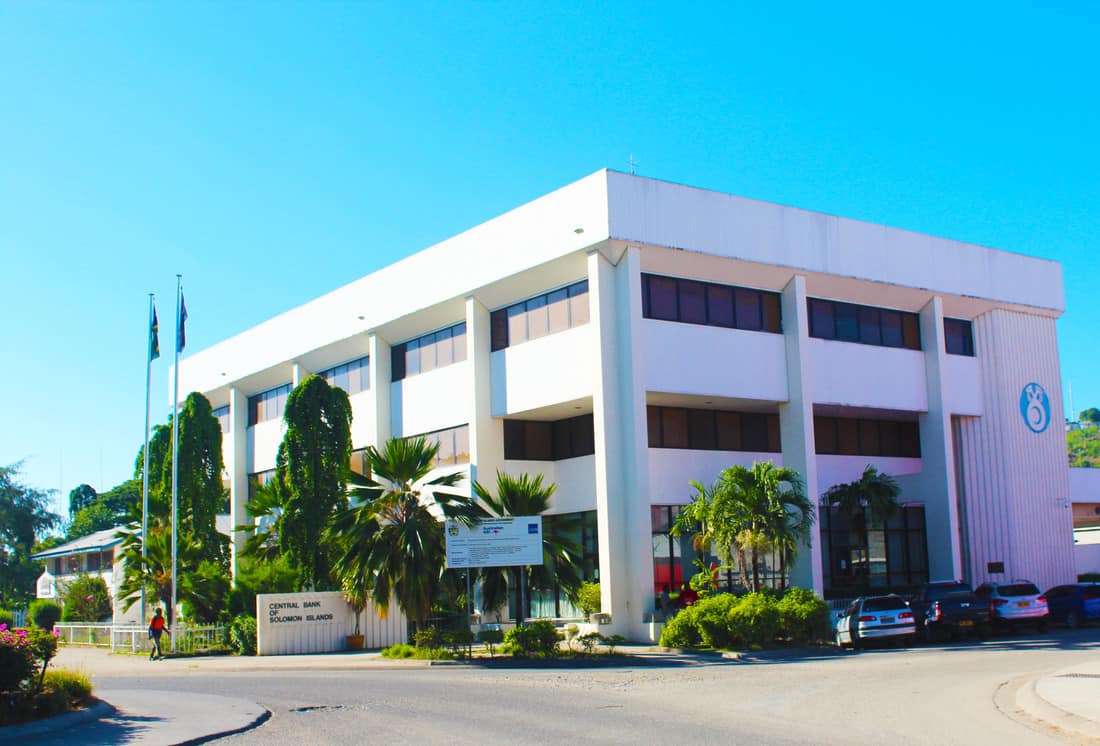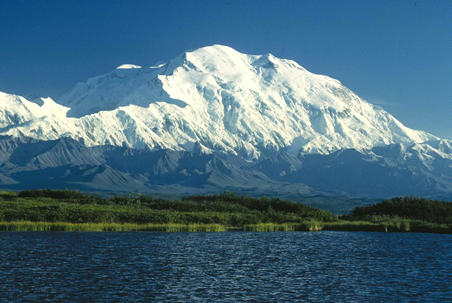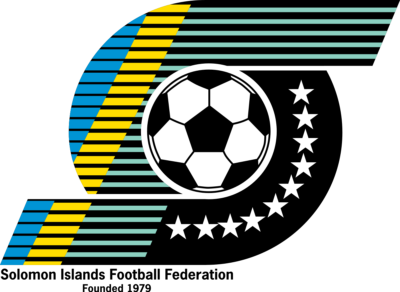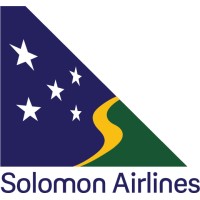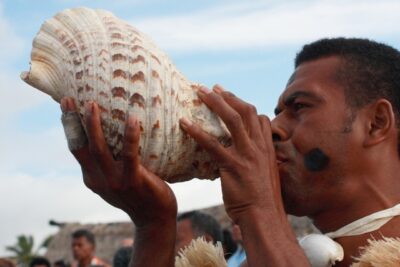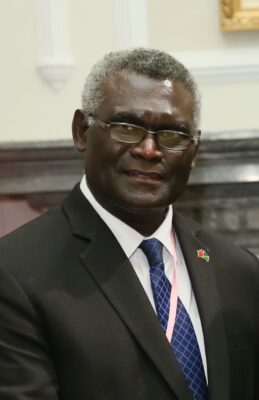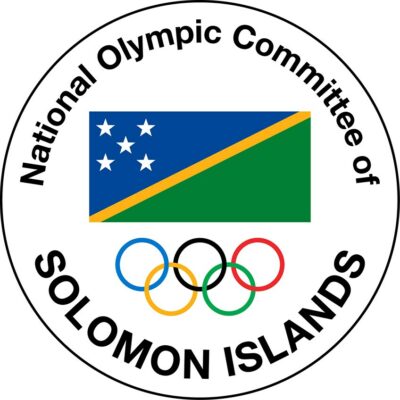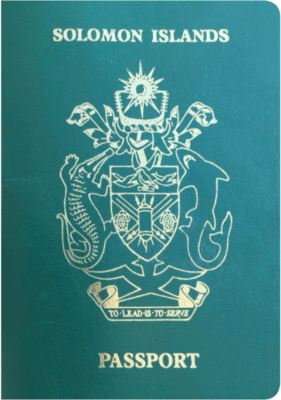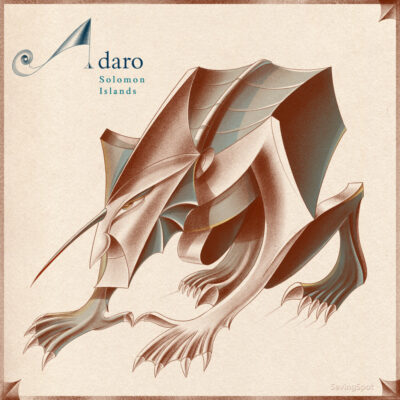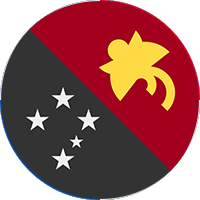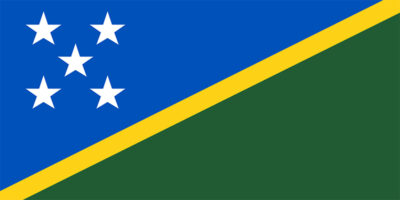National Symbols of Solomon Islands
Last updated on May 16th, 2023 by Editorial Staff
Table Of Contents
Reviewed by Rittika
The Solomon Islands is a country in Australia/Oceania. It shares borders with 2 countries: Papua New Guinea, and Australia. The people of the Solomon Islands are called the Solomon Islands. The country is in Oceania, a group of islands in the South Pacific Ocean, east of Papua New Guinea.
Etymology discusses where a term is considered to have originated from and how its meaning has changed over time. Etymology has been a factor in the naming of countries all across the world, and the Solomon Islands has also been influenced. The etymology of Solomon Islands can be defined as; Named for the Biblical King Solomon by the Spanish explorer Alvaro de Mendaña y Neyra in 1567 or 1568.
An ethnicity is a group or sub-group of people who are connected based on common characteristics which may include religion, origin, language, traditions, or culture. The ethnic groups in the Solomon Islands include Melanesian, Polynesian, Micronesian, and Chinese.
Solomon Airlines is the national airline of the Solomon Islands. The national colors of the country are blue, green, and yellow. The emoji flag of the country is ????????, and the ISO code is SLB.
The Solomon Islands is known for its diverse history and cultural background. The national dish of the Solomon Islands is Poi. Kava, in addition to being a traditional beverage, is one of the country’s national drinks. The national instrument of the Solomon Islands is the Conch shell.
The country has the time zone UTC+11 followed by dd/mm/yyyy as the standard date format.
The Solomon Islands is divided into 9 provinces and 1 capital territory. The capital of the country is Honiara, which is also the largest city in the Solomon Islands.
The literacy rate in the Solomon Islands is 76.6%.
The country’s total area is 28,400 km² (11,000 sq mi), and the total population is 686,884. The country’s average elevation is 1,166 m (3,826 ft), whereas the country’s terrain can be defined as; Mostly rugged mountains with some low coral atolls. The country’s usual climate is tropical monsoon; with few extremes of temperature and weather.
The area of land next to a sea is called the coast, and a coastline is defined as the line where land and sea meet. The Solomon Islands has 5,313 km of coastline.
The Solomon Islands dollar serves as the national unit of currency, and the Central Bank of Solomon Islands is recognized as the country’s central bank. The domain for Solomon Islands is .sb and the country code is +677.
Museums are known to educate and connect visitors with the nation’s history, culture, civilization, art, and architecture. The Solomon Islands National Museum serves the same purpose and is considered one of the most significant tourist attractions. The Solomon Islands National Museum is home to a large collection of artifacts. It has been designated as the national museum of the country.
The national dress of the Solomon Islands is the Grass skirt, and 7 July is designated as National Day. In the Solomon Islands, the majority of the population practices Christianity Protestantism, and Catholicism as their religion.
Nature is a blessing from God and we must protect it because it provides us with the oxygen and food to survive. It also helps to keep our environment beautiful and clean. To emphasize the significance of nature, the Solomon Islands has selected a few forces of nature as national symbols. Solomon Islands’s national bird is the Kurukuru, while its national animal is the Sea turtle. The national flower is Hibiscus, and the highest peak is Mount Popomanaseu.
Mythical creatures can be found in the literature and mythologies of many different nations. They represent imaginative representations of various creatures, humans, or hybrids. They are known for their specific features, supernatural abilities, and distinctive appearance. The mythical creature of the Solomon Islands is Adaro.
Sports have always played an important role in developing the social and cultural structure of the Solomon Islands and other countries. When it comes to designating a sport as the official symbol, Football is considered the country’s national sport.
Alvaro de Mendana de Neira is the founder of Solomon Islands. The country’s national anthem was written by Panapasa Balekana and Matila Balekana. It was composed by Panapasa Balekana.
Mausoleums are buildings dedicated to holding someone’s remains. It serves as a reminder of the nation’s revolutionary fighters who sacrificed their lives for the country. Mausoleums are one of the most significant historical landmarks. The national mausoleum of the Solomon Islands is Guadalcanal Memorial. The country’s national hero is Sir Jacob Vouza.
Due to their unique qualities and rich cultural or historical backgrounds, national monuments around the world are of great importance. The Guadalcanal American Memorial is recognized as the national monument of the country. It attracts visitors from all around the world.
Numerous organizations are working on a global level to improve the current state of affairs and to collaborate in order to establish and maintain constructive partnerships. Solomon Islands is a member of the Commonwealth of Nations, Pacific Community (PC), and United Nations (UN). Solomon Islands collaborates with them to organize, analyze, and address various events and situations.
The tourism slogan of the country is “Solomon Is” whereas, “To lead is to serve” is the official motto of the country.
Manasseh Sogavare is the current Prime minister of the Solomon Islands.
The Solomon Islands has declared English as the country’s official language.
– Further information regarding the symbols and knowledge of the Solomon Islands can be found in the table of contents –
Country information
Coat of arms
Flag map of Solomon Islands
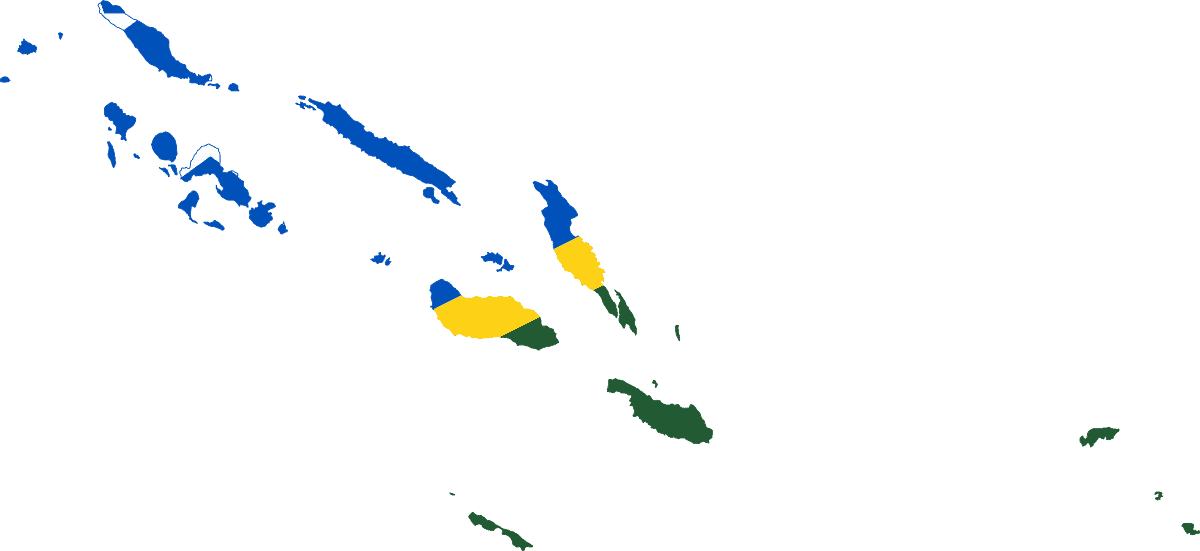
Motto of Solomon Islands
National animal of Solomon Islands
The National animal of Solomon Islands is Sea turtle
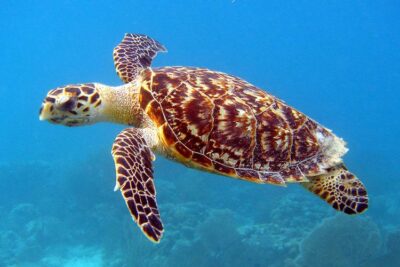
National flower of Solomon Islands
The National flower of Solomon Islands is Hibiscus. Botanical name is Hibiscus.
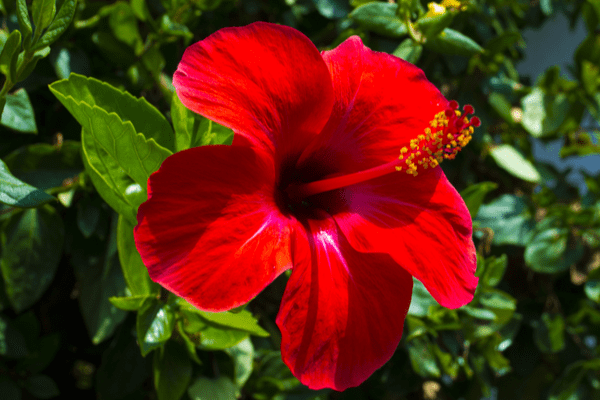
National bird of Solomon Islands
The National bird of Solomon Islands is Kurukuru
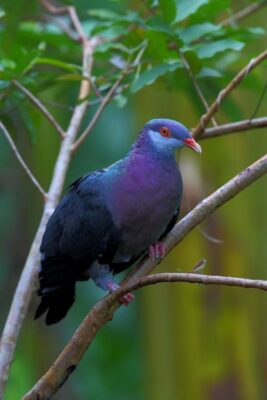
Rest of the National symbols of Solomon Islands 👇
-
FounderAlvaro de Mendana de Neira
-
National dishPoi
-
National danceSuahongi
-
National dressGrass skirts
-
National monumentGuadalcanal American Memorial
-
National anthemView Anthem
-
National fruitNot Declared
-
National drinkKava
-
National colorsBlue, green, and yellow
-
National sportsFootball
-
National treeNot Declared
-
National poetNot Declared
-
National mausoleumGuadalcanal Memorial
-
National archivesNational Archives of Solomon Islands
-
National museumSolomon Islands National Museum
-
Central BankCentral Bank of Solomon Islands
-
Highest peakMount Popomanaseu
-
National football teamSOL
-
Tourism sloganSolomon Is.
-
Emoji flag????????
-
National airlineSolomon Airlines
-
National instrumentConch shell
-
National heroSir Jacob Vouza
-
Prime MinisterManasseh Sogavare
-
Olympics CommitteeNational Olympic Committee of Solomon Islands
-
PassportPassport of Solomon Islands
-
Mythical CreatureAdaro
